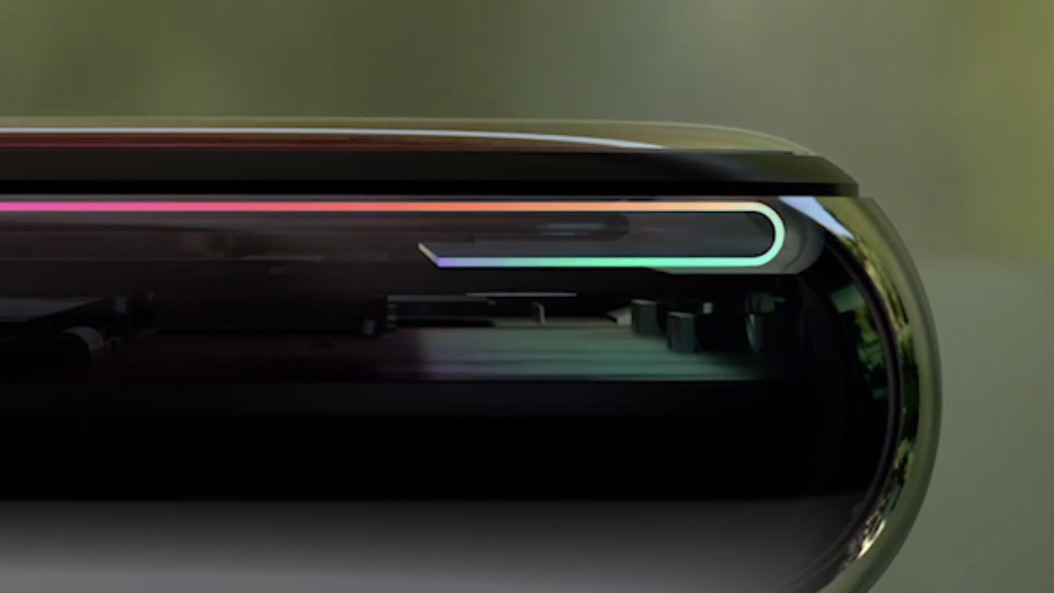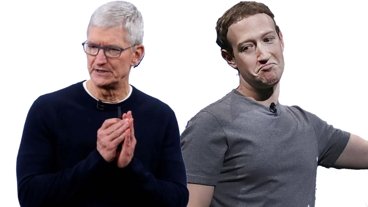Supply chain reports from China suggest that Huawei, Oppo, and Xiaomi are looking at alternatives to OLED, as Apple grows the quantity of screens it needs for the iPhone.
According to a report from supply chain monitor Digitimes, Chinese manufacturers are turning to the relatively new technology because it both can't source enough screens, nor can it get them inexpensively enough to make them worthwhile for the low-margin products produced.
Recent improvements in the technology have reduced the number of mini LED chips for backlighting to 4000 from a previous 9000 in a six-inch device, bringing down costs.
DigiTimes does generally provide accurate information from within China's supply chain, but has a poor track record for predicting Apple's future product plans.
Production of mini LED backlighting for smartphones and televisions is likely to begin in second-half 2018, with specifications to be decided in the first half. Existing LED equipment can be adjusted to produce mini LED chips.
The mini LED backlight technology discussed in the report and sought after by the Chinese smartphone manufacturers is not the same as microLED. Apple is rumored to be looking into that technology as well for future device, as it has some inherent advantages over OLED.
Apple currently uses OLED displays in the Apple Watch, and the iPhone X.
 Mike Wuerthele
Mike Wuerthele








 Wesley Hilliard
Wesley Hilliard
 Malcolm Owen
Malcolm Owen
 Andrew Orr
Andrew Orr
 William Gallagher
William Gallagher
 Sponsored Content
Sponsored Content
 Christine McKee
Christine McKee

 Thomas Sibilly
Thomas Sibilly






11 Comments
This is an interesting development and not unexpected...this will knock the Chinese manufacturers down a few sizes...Apple and Samsung in many ways suck the oxygen out of the room...the next few years are going to be good for AAPL with the addition of OLED screens and the phenomenal FaceID, the unhearlded success of the AppleWatch and AirPods.
I still love my LCD. OLED is OK , and I think Apple has done a terrific job at improving it. But at the end of the day my iPhone SE looks just as sharp to me as iPhone X. Only HDR videos are where I can see some significant difference.
This the key statement
"Chinese manufacturers are turning to the relatively new technology because it both can't source enough screens, nor can it get them inexpensively enough to make them worthwhile for the low-margin products produced"
Since Apple is able to sell their phones at a higher price, they are also willing to pay more to get the best technology. Therefore suppliers do not need the bottom feeder to help cover the manufacturing overhead costs, thus leaving the bottom feeder forced to do something else. This is part of the pricing and brand recognition strategy Wall Street and MBA's fail to understand. This whole mentality of market share and unit shipment at all cost is all that matters, fails when you have company like Apple doing what they do best, not leaving a signal $ on the table which also leaves nothing for the competitor to grab hold of.
Besides displays, this will also play of on the Face ID senors, Apple has the best technologies and the suppliers can not keep up, and Apple paid for the R&D and the manufacturing tech so the bottom feeder will not have access to Apple's tech and will be force to use something of lesser quality.